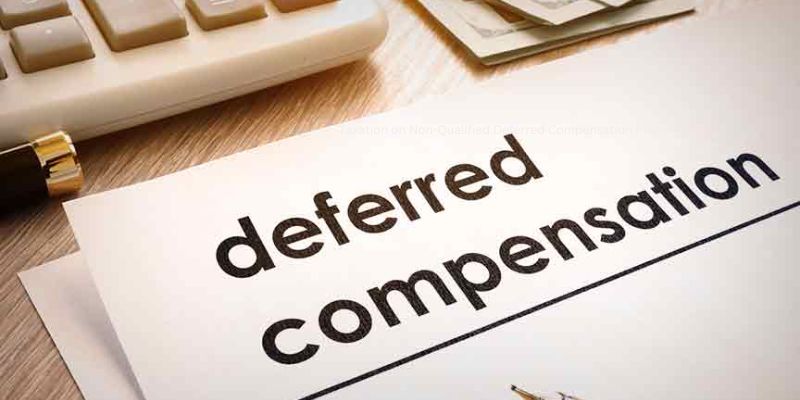
One of the best and most popular ways to invest in the stock market is to buy and hold. People who use this strategy don't have to worry about timing the market or making decisions based on patterns and subjective analysis. But buying and holding costs a lot of time and money that could be spent on other things. Also, investors must be savvy and know when to cut their losses or take their profits to avoid market crashes. This article will help you understand the Pros and Cons of a Passive Buy and Hold Strategy.
Passive Buy and Hold Strategy
A buy-and-hold strategy is a passive, long-term plan. Investors keep a mostly stable portfolio over time, despite short-term changes. The buy-and-hold strategy has worked well in the past. It is the way that business giants like Warren Buffet like to invest. Buy and hold is also suitable for investors with little time to learn about the market. The biggest problem with the "buy and hold" strategy is that it ties up a lot of money. Buyers and holders should use diversification to protect themselves from risk, just like any other investor.
Pros and Cons of a Passive Buy and Hold Strategy

There are some pros and cons of a passive buy and hold strategy. First, let us take a detailed insight into some pros of the passive buy and hold strategy.
Pros of Passive Buy & Hold Strategy
Fewer Hassles
The buy-and-hold investment strategy is most popular among investors. Compared to short-term or intraday investments and trading, a few problems are involved. You choose a stock to invest in based on the basic research of companies, and then you put some of your investment funds in that stock. That's all! You need to wait for the prices at this point to go up so that you may close out your trade at a better price and make a profit. You do not need to sit in front of the computer screen for the entirety of the trading day and make numerous trade orders. But to be a good investor, you must be good at fundamental analysis.
It Works
This method of financial management has been successful most of the time throughout history. As a result, compared to investments made intraday or for a shorter period, it is seen as a more secure form of capitalization. But, before investing in a firm, you should thoroughly research the company's core competencies. The only thing you need to do is choose a stock that has solid fundamentals, invest your money, and then wait.
It is based on Cold, Hard facts.
For fundamental analysis, you must know a lot about a company and its workings. Most of the time, these insights are based on solid facts that are easy to see. If you did an expert fundamental analysis, there aren't many chances you'll make the wrong choice.
Great for Taxes
Compared with the tax paid on short-term capital gains, the tax paid on long-term capital gains is significantly smaller. Any position held for more than one year is considered a long-term investment and is subject to taxation at a more advantageous rate.
Cons of Passive Buy & Hold Strategy
The buy-and-hold investment approach is accompanied by several different drawbacks as well. Let's talk about the disadvantages of the passive buy-and-hold investment plan.
Blocks Capital
For the passive buy-and-hold strategy to work, you must invest your money for a long time. If you choose to employ this strategy, you can sell your investment at the end of the investment horizon. In the event of a crisis, there is a possibility that you may be required to square off your positions, which may result in a loss because the assets were sold earlier than intended.
Time
It is abundantly clear that this tactic consumes a lot of time. You need to invest for a period that could range from months to years, and there is a possibility that the stock you choose will not display the predicted movements and will instead be a slow one. In such a scenario, the returns on your investment will be lower than what you had anticipated.
Crashing of the Market
Even though you have maintained the same position for the past decade, this does not indicate that the stock prices will never change. Many causes can lead to a market crash, which is outside your control and cannot be planned for. One recent example is the breakout of the Covid-19 epidemic, which devastated the market.
Tips for Investors

Investors must follow some tips for more benefits. Here are some tips for investors considering a passive buy and hold strategy:
- Diversify your portfolio
- Choose low-cost index funds or ETFs
- Stick to your investment plan
- Rebalance your portfolio
- Consider tax implications
- Stay informed
- Consider seeking professional advice
To Wrap Up
Long-term investors may find success using an approach that consists of a passive buy-and-hold strategy. It is appropriate for individuals willing to take on market risks and with a diversified portfolio. But, investors should also think about the drawbacks associated with the technique. Before committing to the plan, it is essential to consider its disadvantages, which include a lack of control, restricted flexibility, and missed chances.
In the end, an investor's financial goals, level of risk tolerance, and time horizon should all play a role in determining whether or not they should follow a passive buy-and-hold approach.











